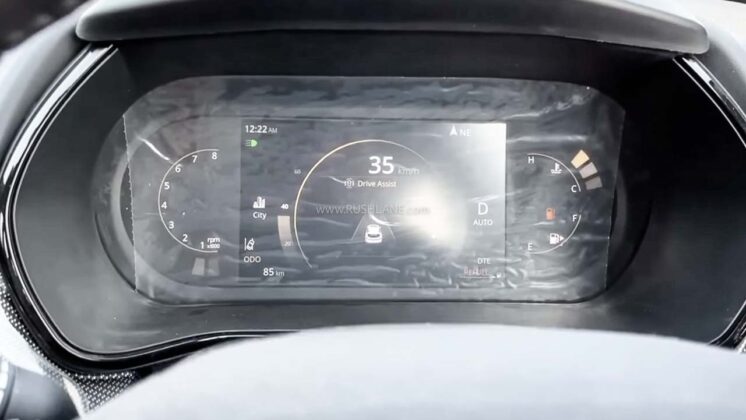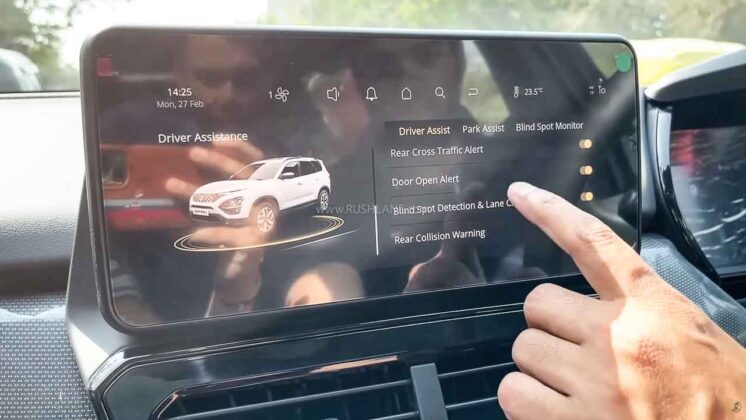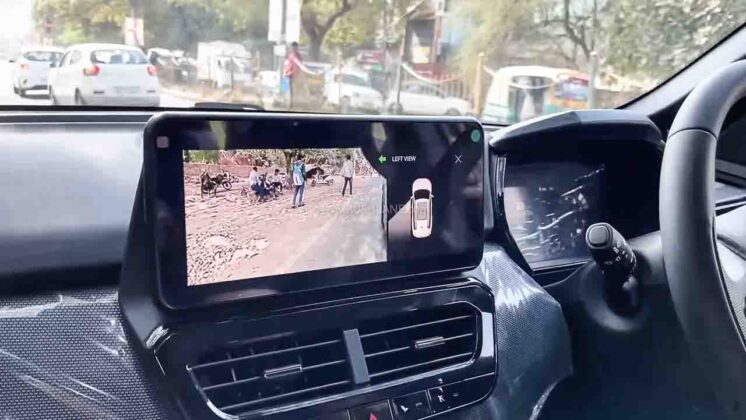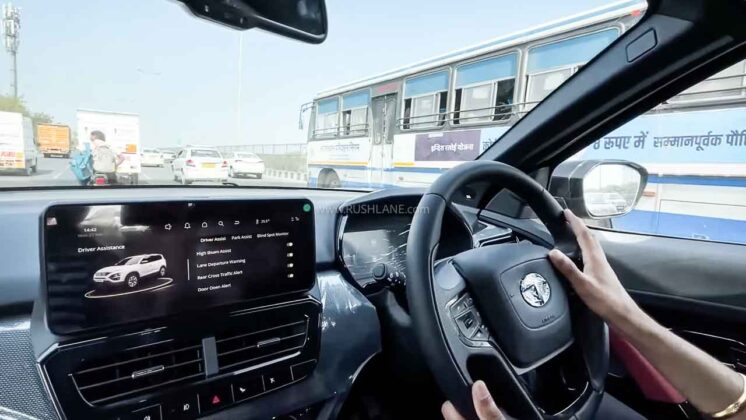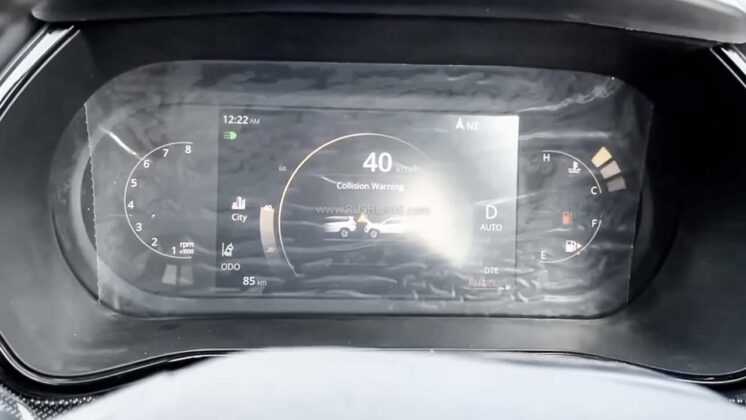Except for traffic sign recognition, most features with Tata Safari ADAS work as they should under favourable parameters
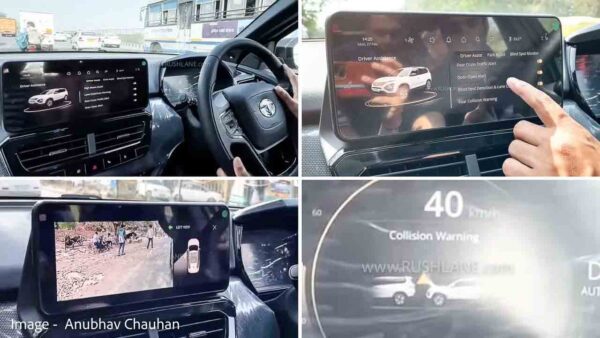
ADAS tech is currently the talk of the Indian automotive town. This tech was first popularised in the mainstream segment by the Mahindra XUV700 and MG Astor. With untapped potential in road safety and crash avoidance, ADAS is of paramount importance. Manufacturers in India have taken notice of this too and many have started offering this tech as well.
Newest entrant in this bubble is Tata Motors with Safari and Harrier. Recently launched Red Dark Editions for Harrier and Safari come equipped with ADAS tech. But has Tata got it right? How well do Tata’s ADAS systems work? Anubhav Chauhan has demonstrated the same on his channel. Let’s take a look.
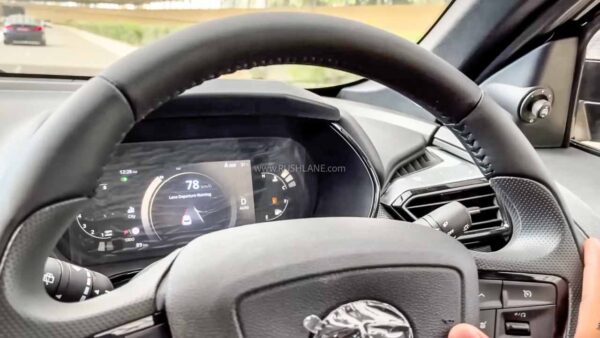
Tata Safari ADAS Tested In Real World
ADAS abbreviates Advanced Driver Assistance Systems. With Safari and Harrier, Tata is offering Auto Emergency Braking (AEB), Forward Collision Warning (FCW), Rear Collision Warning (RCW), Rear Cross Traffic Alert (RCTA), Blind Spot Detection (BSD), Traffic Sign recognition (TSR), Lane Departure Warning (LDW), Lane Change Alert (LCA), and High Beam Assist.
As the video was shot in broad daylight, Anubhav couldn’t demonstrate high beam assist. Other than that, he tries to demonstrate every other feature Tata is offering by attempting to create likely scenarios. We don’t advise our readers to demonstrate or re-create any of the scenarios seen in the video below.
Tata Safari gets Blind Spot Detection indicators on ORVMs that light up when traffic is detected. When turn indicators are activated, respective camera feed is forced on the main screen instantly, aiding the driver. At the push of a button, the driver can summon a 360-degree view as well. Anubhav even mentions that video clarity is vastly improved over the previous model along with responsiveness of the new system. The touchscreen is also more responsive – a much needed update.
Auto Emergency Braking and Forward Collision Warning work hand in hand, beeping and braking when forward collision is detected. At first, it was speculated that the lane change alert was hit-or-miss. As it turned out, Lane Change Alert only comes into action above certain speeds. This is thoughtful as there won’t be unnecessary beeping when maneuvering in chock-a-block traffic.
Level 1 or Level 2?
What is still hit-or-miss, though, is Traffic Sign recognition. Tata’s ADAS reads certain traffic signs, while ignoring a few entirely. With time, it should be made better with a more efficient software updated via OTA. What the system misses out on entirely is adaptive cruise control and lane change assist. It is not yet sure whether Tata will unlock these features at a later date or whether Red Dark Edition lacks hardware to enable them altogether.
Both of these features are offered by rivals like Mahindra XUV700 and MG Hector. There is a grey area that is rather confusing whether this system is Level 1 or Level 2. As of now, ADAS levels seem to be based on guidelines issued by SAE and are not yet standardized. Mahindra can market its ADAS tech under Level 2, like MG vehicles, but it doesn’t. Sticking with Tata Motors’ ADAS tech, the company never divulged whether it adheres to Level 1 or Level 2 guidelines. At face value, Tata Motors doesn’t allow ADAS tech to steer the vehicle on its own. It is a commendable attempt by Tata and future iterations are set to take vehicular safety to a new level.


